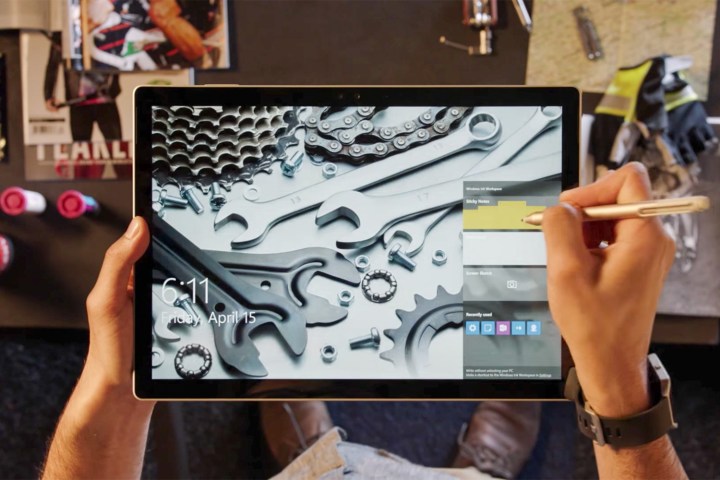
“It’s the fastest adoption in corporations we’ve ever seen, and we’re seeing great deployment on that,” said Yusuf Medhi, Microsoft’s corporate vice president of devices and services, in an interview with Bloomberg Technology. “We couldn’t be more thrilled with the progress on Windows.”
It’s interesting to see Microsoft offer a slightly different kind of statistic in its latest attempt to trumpet the widespread adoption of Windows 10. Rather than reporting the number of devices that the OS is installed on — and the progress toward its former goal of hitting 1 billion devices by 2018 — the focus here is on how many users are engaging with the platform.
According to Medhi, 300 million users work with Windows 10 for more than three and a half hours a day. Microsoft has previously stated that the OS has accumulated 400 million monthly users, so it’s certainly a positive sign that a high proportion of its audience spends several hours using the platform every day.
Earlier this week, Microsoft unveiled the education-oriented Windows 10 S and the new Surface Laptop, which is aimed at students. It’s clear that the company is eager to court schools and universities in an attempt to wrestle that sector’s market share away from Google and its popular Chrome OS platform.
Microsoft is leaving no stone unturned in its efforts to reinforce Windows 10’s position as the most widely used OS on the planet. Between enterprise and education, the company isn’t happy with leading the pack among personal use — it’s looking to make sure that Windows continues to dominate the computing industry in all its forms.
Part of that effort is seen in the Surface line of products, which are great for consumers — but a potential disaster for other PC makers.
Editors' Recommendations
- Windows 11 tips and tricks: 8 hidden settings you need to try
- Windows 11 vs. Windows 10: finally time to upgrade?
- Microsoft plans to charge for Windows 10 updates in the future
- The best Windows 10 keyboard shortcuts
- Ranking all 12 versions of Windows, from worst to best


